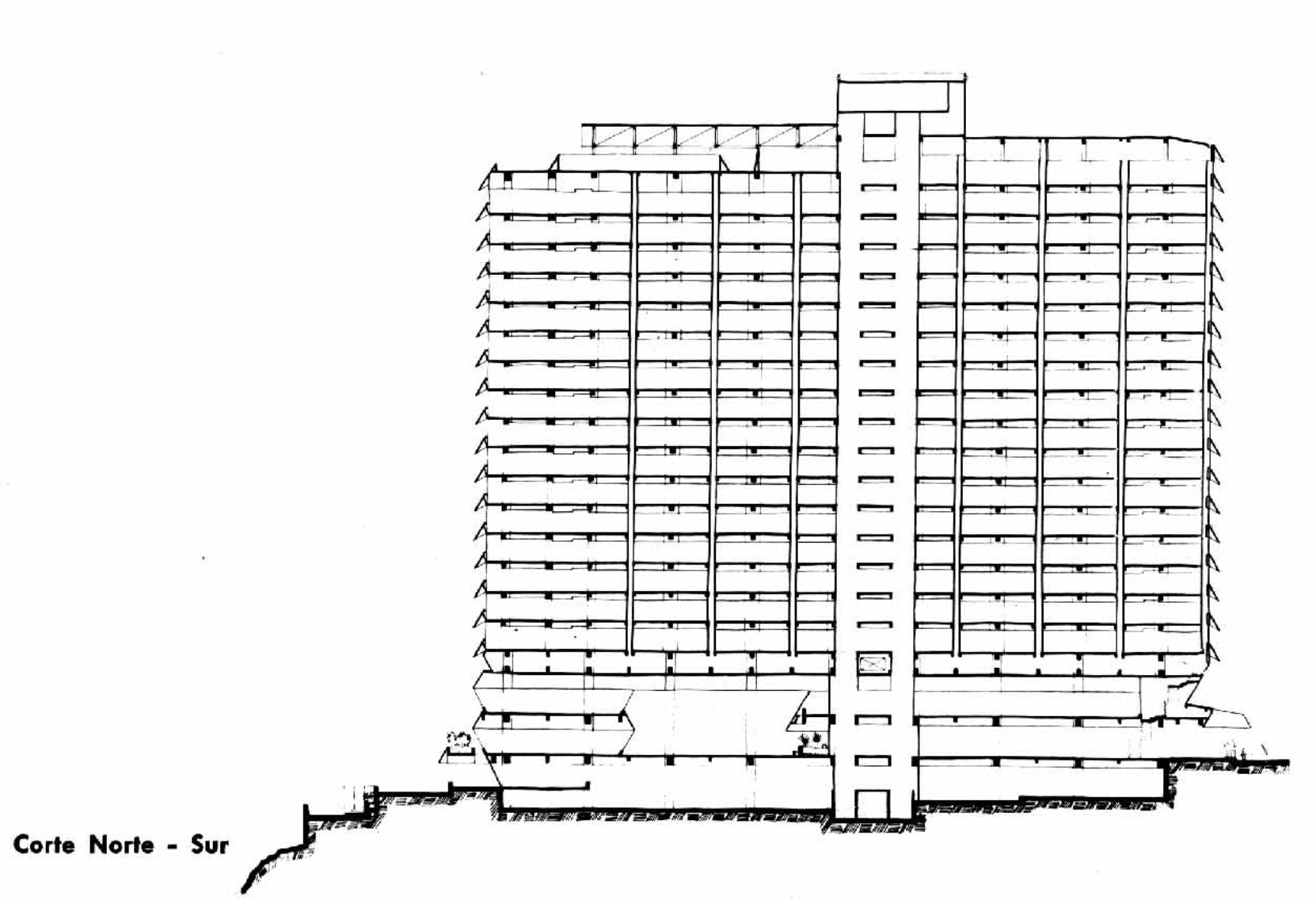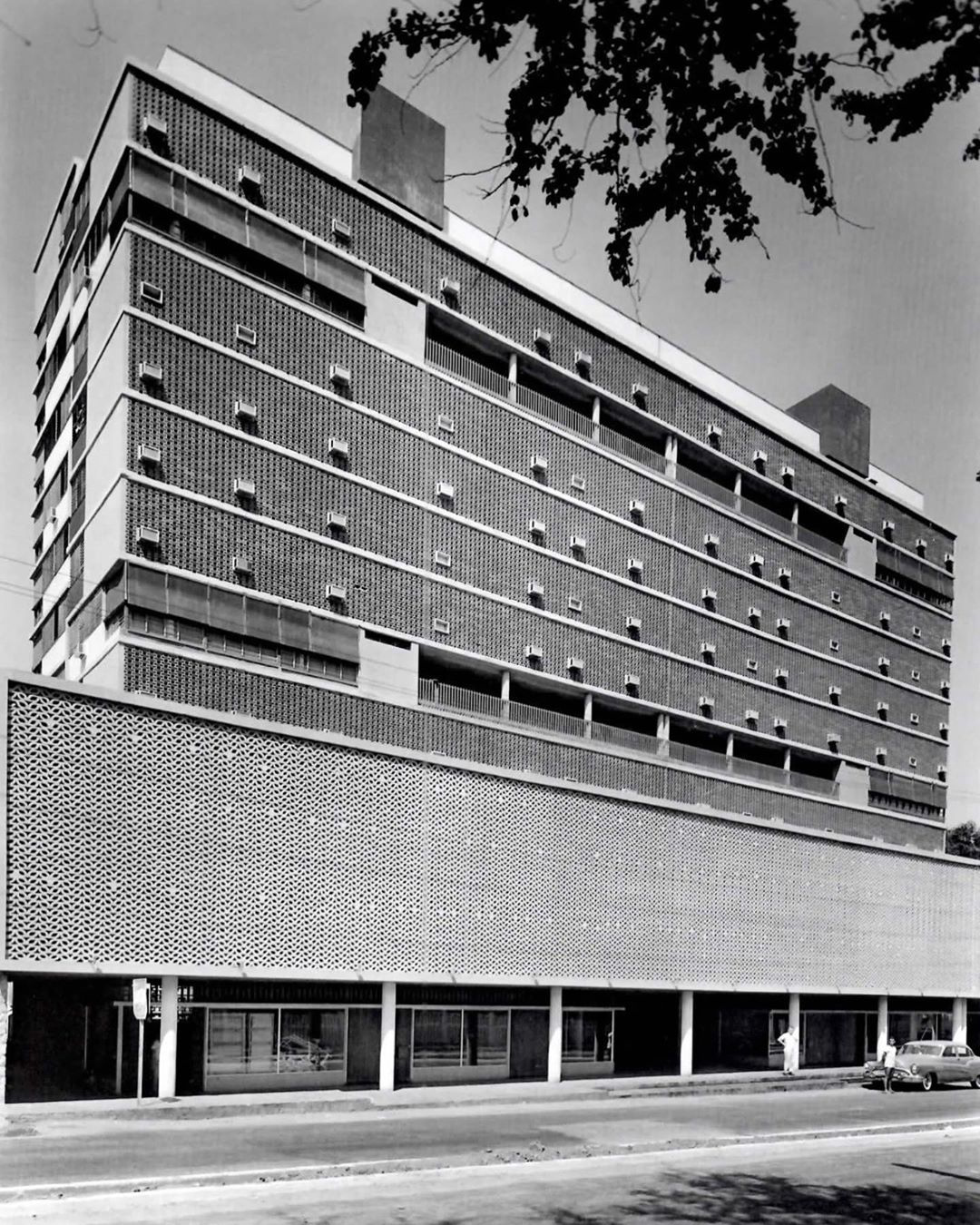Recapturing the Ideals of a Modern Paradise: Preservation Approaches for Modern Acapulco
Type: Research
Advisor: Mark Rakatansky
Readers: Jorge Otero-Pailos & Theodore Prudon
Advisor: Mark Rakatansky
Readers: Jorge Otero-Pailos & Theodore Prudon
The popularity of Acapulco as one of the most glamorous destinations of the mid-twentieth century has remained prominent in the imagination of Mexican and international communities partly because its construction relied on displaying stunning tropical landscapes that merged with the development of modern facilities. As time went by, these elements became part of worldwide publicity and artistic strategies promoted by the government, and primarily materialized by modern Mexican architects, driving Acapulco’s global fame that proliferated between the 1940s and the 1970s. In that context, this research argues that Acapulco resulted as a unique Mexican seaboard city that showcased a notable influence of the modern architectural movement instituted worldwide, but also a modern tropical idiom that became relevant in the tropics after World War II. The analysis of “Los Cocos“ Condominium and “Condesa el Mar” Hotel designed by Mario Pani acted as two case studies demonstrating an alternative for studying and preserving Acapulco’s modern heritage.










